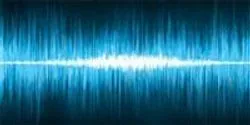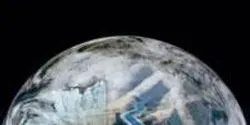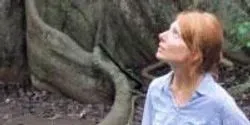Biology

Stem cells in early embryos have unlimited potential; they can become any type of cell, and researchers hope to one day harness this rejuvenating power to heal disease and injury. To do so, they must, among other things, figure out how to reliably arrest stem cells in a Peter Pan-like state of indefinite youth and potential. It’s clear the right environment can help accomplish this, acting as a sort of Neverland for stem cells. Only now are scientists beginning to understand how.

Cloudy tap water may have a greater effect for California’s rural immigrants than merely leaving behind a bad taste, according to a new policy brief released by the Center for Poverty Research at the University of California, Davis.

A Johns Hopkins University-led team links new organic carbon species in deep fluids to the formation of diamonds — and life itself.

Testing for ovarian cancer or the presence of a particular chemical could be almost as simple as distinguishing an F sharp from a B flat, thanks to a new microscopic acoustic device that has been dramatically improved by scientists at the U.S. Department of Energy’s (DOE) Argonne National Laboratory.

After the worst coral bleaching event ever recorded in Hawai'i, University of Hawai'i scientists and researchers with the Hawai'i Institute of Marine Biology (HIMB) are diligently monitoring and testing affected coral reefs in Kane'ohe Bay, along with other areas on O'ahu, and parts of the Northwestern Hawaiian islands.

Researchers at the University of Michigan have shown how a single neuron can perform multiple functions in a model organism, illuminating for the first time this fundamental biological mechanism and shedding light on the human brain.

Human-caused climate change, ocean acidification and species extinctions may eventually threaten the collapse of civilization, according to some scientists, while other people argue that for political or economic reasons we should allow industrial development to continue without restrictions.














